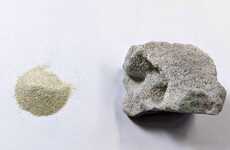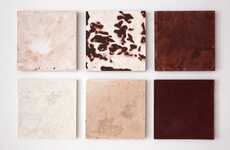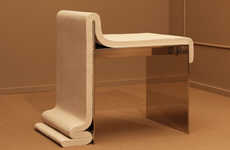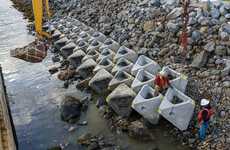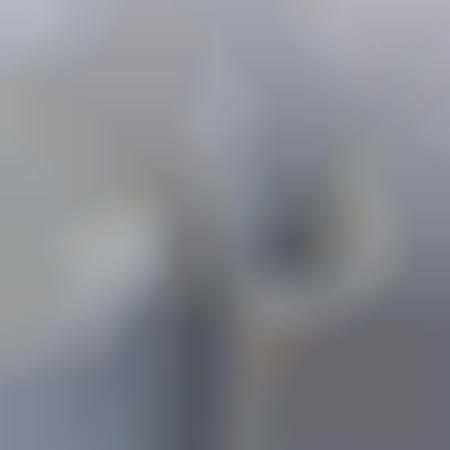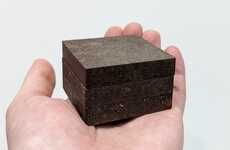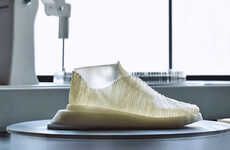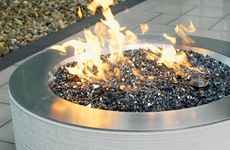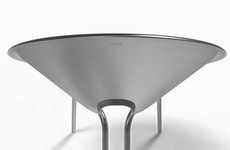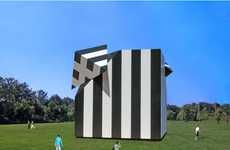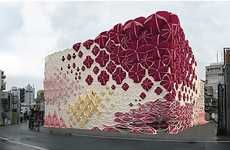
Concrete Cloth by Concrete Canvas is Named Material of the Year
Katherinev123 — November 27, 2009 — Unique
References: concretecanvas & dezeen
Concrete Cloth is exactly what its name entails. It is a flexible fabric that has been ‘impregnated’ by cement (I’m just glad that the designers intend for it to be used for architectural purposes rather than for clothing!).
Concrete Cloth was created by the UK-based company Concrete Canvas and was awarded Material of the Year 2009 by materials consultancy Material ConneXion. To form a structure, the pliable material is molded into the desired shape, then made to absorb water and allowed to set after two hours. Its fireproof and waterproof qualities make it beneficial for disaster relief as well as military and commercial environments.
Concrete Cloth was created by the UK-based company Concrete Canvas and was awarded Material of the Year 2009 by materials consultancy Material ConneXion. To form a structure, the pliable material is molded into the desired shape, then made to absorb water and allowed to set after two hours. Its fireproof and waterproof qualities make it beneficial for disaster relief as well as military and commercial environments.
Trend Themes
1. Flexible Fabric - The use of flexible fabric impregnated with cement offers disruptive innovation opportunities in construction and architecture, creating new possibilities for building shapes and designs.
2. Fireproof and Waterproof Materials - Developing fireproof and waterproof materials like Concrete Cloth opens up opportunities for disaster relief, military infrastructure, and commercial applications where durability and protection are crucial.
3. Material of the Year - The recognition of innovative materials like Concrete Cloth as Material of the Year highlights the importance of continuous innovation in materials science and paves the way for further advancements in the industry.
Industry Implications
1. Construction - The construction industry can leverage flexible cement fabric like Concrete Cloth to revolutionize building techniques, enabling faster, more efficient construction processes.
2. Architecture - Architects can explore the use of flexible fabric impregnated with cement to create unique, sustainable, and visually striking designs for structures and buildings.
3. Disaster Relief - In the context of disaster relief, organizations can utilize fireproof and waterproof materials such as Concrete Cloth to provide durable, easily deployable, and protective shelters.
3.6
Score
Popularity
Activity
Freshness


